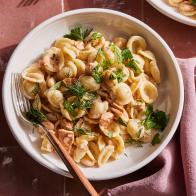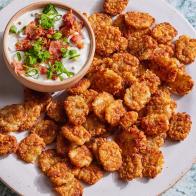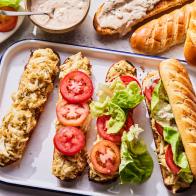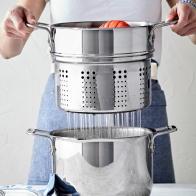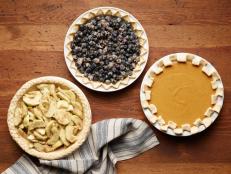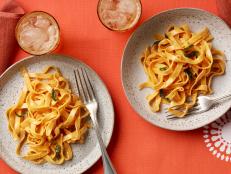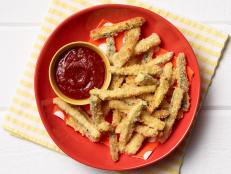10 Ways to Cut Back on Salt
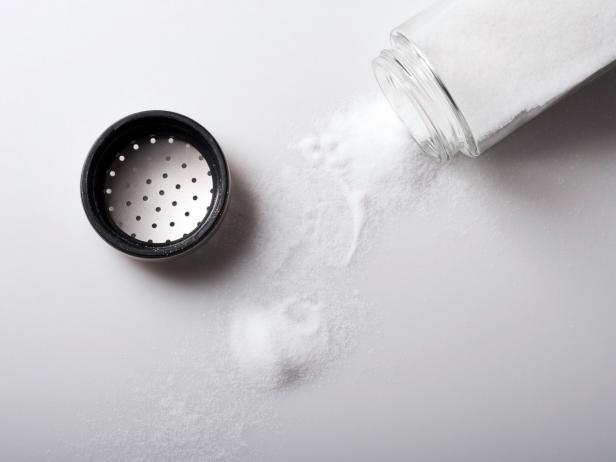
Jupiterimages
A staggering study out of the University of California revealed that if Americans dramatically cut their sodium intake to 1,500 mg per day, up to 1.2 million deaths could be prevented over the next 10 years, deaths largely caused by heart disease or stroke. Despite the American Heart Association's recommendation that healthy people get 1,500 milligrams of sodium per day, with an upper limit of 2,300 mg (about 1 teaspoon), the average American eats close to 3,600 mg, largely through processed food. Reducing salt intake is important for everyone, not just the small subset of people who are salt sensitive.
Yes, we all rely on processed foods at times. But considering that one slice of wheat bread can have up to 200 mg of sodium, imagine what's lurking in a prepared meal or side dish. Read labels and opt for lower sodium dishes whenever possible.
Always embellish your sandwiches and salads yourself so can control the amount of salt and the amount of condiments you use. Vinegar is virtually salt-free (2 mg per 2 teaspoons) while mustard, relish, mayonnaise and ketchup can have up to 100 mg per teaspoon.
Pasta and pizza sauce can have up to 900 mg of sodium per ½ cup serving and hummus and guacamole can have 200-300 mg per serving (2 tablespoons). Yes, tomato sauces, guacamole and hummus can be super nutritious, so enjoy them, and then balance out your sodium intake in other areas.
Toast whole spices like cumin and fennel seeds in a dry skillet, then grind the seeds in a coffee grinder; use flavorful spices in recipes and you'll find that you need less salt. You can also sprinkle the ground seasonings over finished dishes instead of salt.
5. Love Lemons (and Limes, Oranges and Grapefruit)
Citrus juice and zest adds a burst of fresh flavor to sweet and savory dishes without adding any salt.
This is a no-brainer, so consider this tip a friendly reminder: At one popular national chain, a small cheeseburger delivers over 700 mg of sodium, the chicken Caesar wrap has 1,210 mg, the veggie burger has 1,030 mg, and even their garden salad with chicken, cranberries and apples has 930 mg.
When cooking, remember that 1/4 teaspoon of salt has 600 mg of sodium. When a recipe calls for a "pinch" or "to taste", simply leave it out or use very little.
Bottled salad dressing is a huge culprit when it comes to salt overload. One serving (2 tablespoons) can deliver over 1,000 mg of sodium. Read labels and opt for reduced-sodium varieties or make your own dressings with oil, vinegar, fresh herbs and minced chives.
When cooking, add dried herbs at the beginning of cooking and fresh herbs just before serving. Both add tons of flavor without any sodium.
Salt is a preservative so it's used heavily in canned goods to prolong shelf life. Look for reduced-sodium canned foods, and for things like canned beans and vegetables, rinse them under cold water before using.
Robin Miller is a nutritionist, host of Quick Fix Meals, author of “Robin Rescues Dinner” and the busy mom of two active little boys. Her boys and great food are her passion. Check her out at www.robinrescuesdinner.com.

